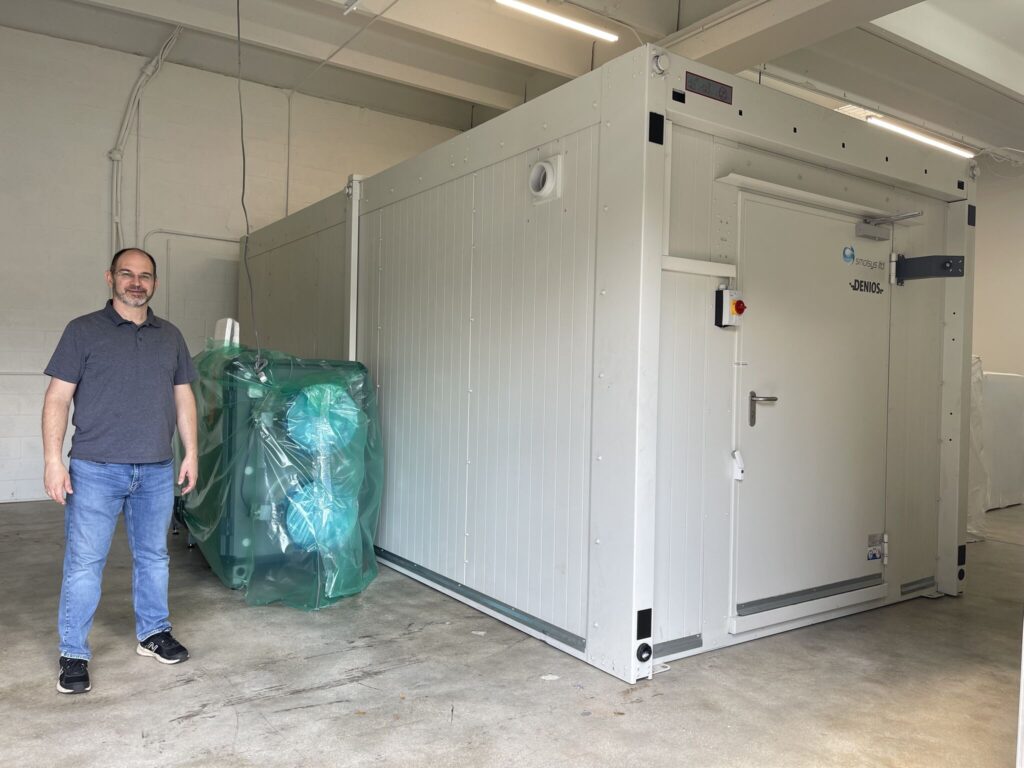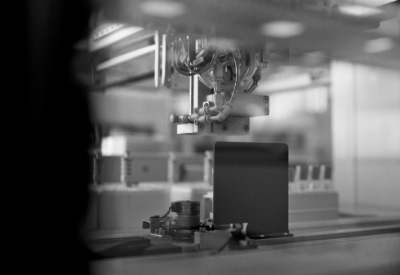NanoTritium™ batteries are a special type of nuclear battery developed by City Labs that rely on radioactive decay to generate low but steady amounts of power for low-power microelectronic applications. Like all companies working in the nuclear power industry to contribute to a new era of sustainability and innovation, City Labs must obey strict rules and guidelines that ensure safe materials handling for researchers, manufacturers, and the eventual end users. Understanding these nuclear safety measures is crucial not only for adhering to regulations but also for ensuring the integrity of their products.
Regulations and Guidelines: Navigating the Nuclear Landscape
City Labs operates within a highly regulated environment following guidelines set by authoritative bodies, including the Nuclear Regulatory Commission (NRC)—established by Congress in 1974 to set environmental and safety standards for working with radioactive materials in the United States—and the Florida Department of Health, who set additional state standards for working with radioactive materials.
These regulatory bodies play a pivotal role in establishing and enforcing the comprehensive standards governing the handling of radioactive materials in nuclear facilities and implementing safety systems, ensuring the utmost safety and security throughout their lifecycle while safeguarding public health.
These organizations establish stringent protocols for every stage of handling radioactive materials, ranging from production to disposal. These protocols encompass a wide array of safety measures, including but not limited to stringent containment procedures.
Additionally, personnel involved in handling radioactive materials must undergo rigorous training programs sanctioned by groups such as the NRC and the Florida Department of Health. These programs equip individuals with the necessary knowledge and skills to safely manage and mitigate risks associated with nuclear materials, from the start of manufacturing to designing safe ways of disposing of nuclear waste.
In essence, these regulations and guidelines serve as a cornerstone of City Labs’ commitment to nuclear safety. By adhering to these standards with unwavering dedication, City Labs ensures the safe and responsible management of radioactive materials, safeguarding both personnel and the environment from potential hazards associated with nuclear technology.
Understanding Tritium
At the core of City Labs’ NanoTritium™ technology lies tritium, a radioactive isotope of hydrogen with unique properties that can be harnessed to provide long-term and reliable nuclear energy in the form of betavoltaic batteries. Unlike other radioactive materials, tritium provides nuclear energy that poses minimal health risks, provided basic precautions are observed.
Tritium’s short half-life of 12.3 years ensures predictable and controlled energy production, essential for powering low-power devices and microelectronics. Its reliability—coupled with minimal environmental impact due to its eventual decay into a more stable state (helium-3)—makes it a preferred choice for applications where traditional batteries fall short.
City Labs is pioneering a sustainable alternative to conventional power sources by harnessing tritium’s energy through betavoltaic conversion.
Nuclear Safety at City Labs

Tritium’s radioactive decay process emits low-energy beta particles, making it relatively safe for handling. Nonetheless, City Labs takes safety seriously, which is evident in our construction of a state-of-the-art clean room and hot lab facility dedicated to producing and testing NanoTritium™ batteries. When our tritium supply is not being handled in this facility, it is secured in a hazardous materials storage vault.
As tritium is a weak beta radiation source, it does not bear the safety risks associated with many other radioactive sources that emit gamma radiation. In fact, the radiation emitted by tritium’s natural radioactive decay is so mild that it cannot even penetrate human skin—meaning the only risks associated with tritium come from ingesting, inhaling, or extremely long exposures.
Nonetheless, to ensure safe commercial handling, we hermetically seal our batteries with special packaging that contains ceramic material. This acts as a beta radiation shield that contains the emission of the radioactive particles associated with tritium’s beta decay. This approach safeguards both end-users and the environment from potential radiation exposure.
City Labs requires all employees to complete a rigorous radiation safety program, which is overseen by our Radiation Safety Officer.









